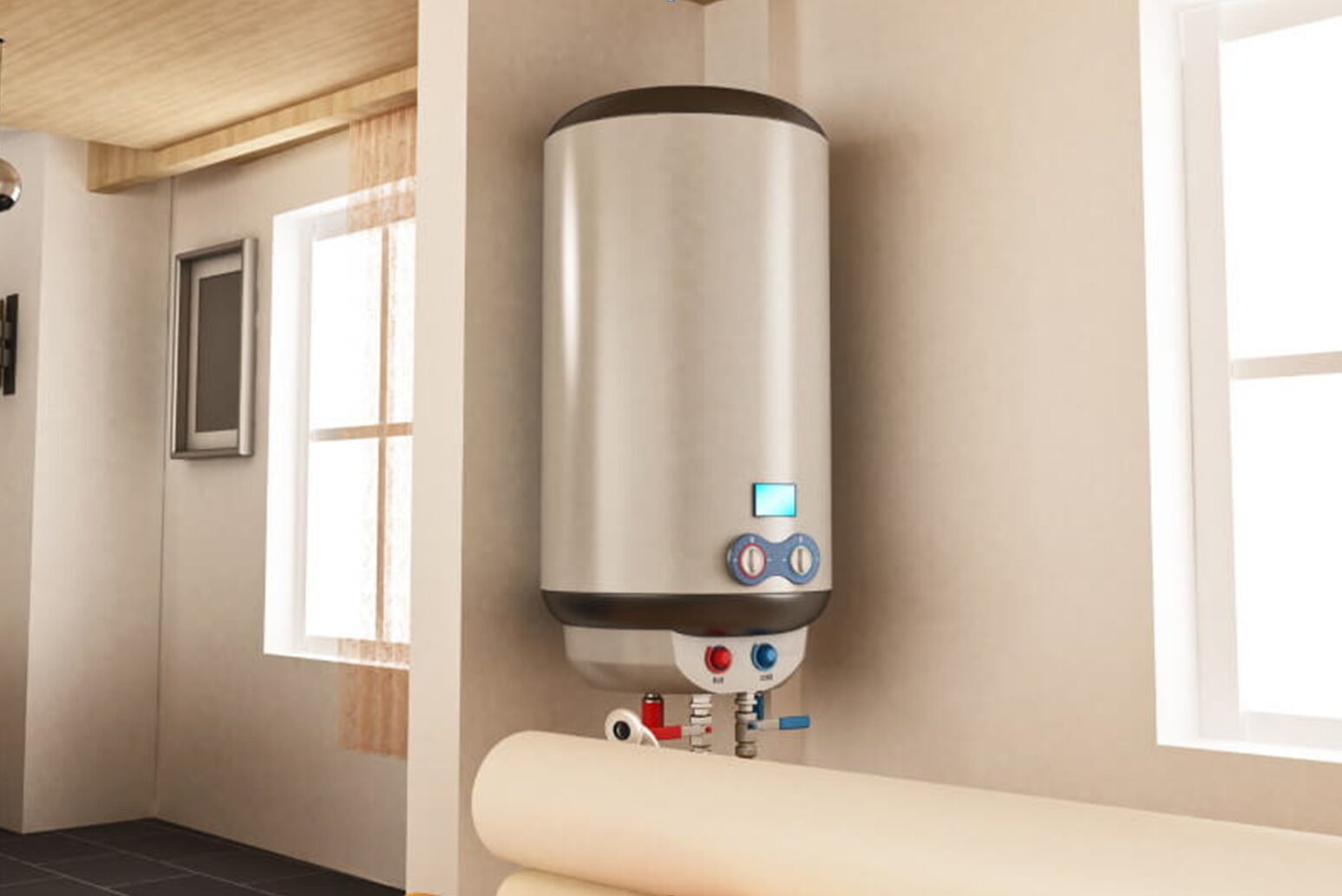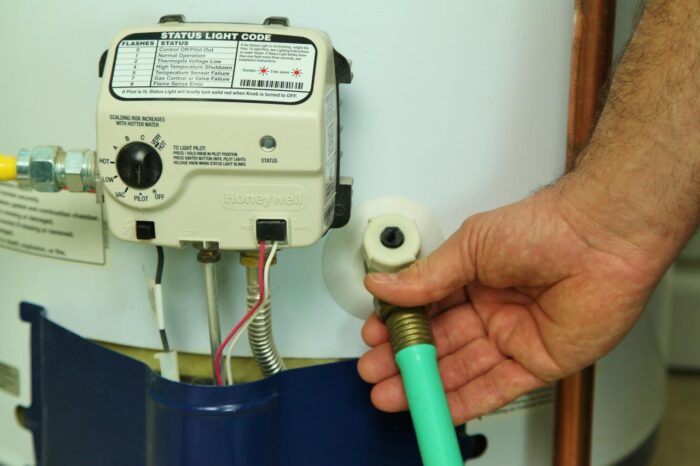
The water heater is a profitable and convenient device in all aspects: it provides hot water 24/7. However, there is a drawback – it sometimes breaks down, regardless of the brand, cost, and type. Experts reassure: if the tank doesn’t flow, the failure of the water heater can be eliminated. In 95% of cases, the issue is solved by replacing spare parts.
TOP 3 Reasons for a Failure
The average service life of a high-quality water heater is 7-10 years, but failures in the device often occur. Among the main reasons, experts can point out:
- Incorrect installation. By installing the water heater yourself or calling a non-professional master, using the device without grounding, the person increases the risk of early failure.
- Lack of timely checking. According to manufacturers’ recommendations, you need to clean the water heater every 2 years and change the magnesium anode every 1-2 years. If the person ignores these requirements, the manufacturer may refuse warranty service, and the device will fail earlier than the specified period.
- Sudden voltage drops in the grid. It often leads to the fact that the heating element on the heater burns out.
In case of a malfunction, the procedure is simple: determine the cause and fix it. As a rule, it’s necessary to repair or replace a part.
Most Common Water Heater Operation Problems

If you notice that your device works in the wrong way, it’s necessary to contact a special Water Heater Service. Among the most popular heater failures, one can name the following ones:
- The boiler doesn’t turn on – the reason may be a broken thermostat. A faulty thermostat cannot correctly determine the temperature and doesn’t give the command to turn on the heating element – the water remains cold. The problem is also observed when the control board elements are burned out.
- The water doesn’t heat up. It seems that there is a problem with the heating element – a tubular element installed inside the tank has failed. If the heating element of the boiler isn’t periodically cleaned, the tube becomes covered with scale, which is why the device consumes more energy, and the efficiency decreases. Due to constant wear and work, the heater burns out. Submersible heating elements are not repaired but can be replaced with new ones as consumable elements. In the case of dry heaters, there are possible options – for example, you can replace not the entire part but only the flange.
- The water heater flows. You need to examine – maybe, everything isn’t so terrible. If the plastic cover drips under the bottom of the boiler, the rubber gasket is probably worn out.
- The water in the tank is very hot. The maximum temperature of the heated water in the boiler is 90°C. Heating is controlled by a special device – a thermal relay, which turns off the heating element if the temperature has reached a maximum. If the broken relay isn’t replaced in time, there is a risk of tank explosion.
It’s more reliable to fix these problems by calling a local plumber. First, disconnect the device from the mains before draining the water from the boiler. In the latter case, you need a special tube to perform the work. The liquid must be drained when water heaters with a heating element or magnesium anode require replacement.
How to empty water from the boiler correctly is indicated in the guide, so you need to study all the subtleties and nuances because each brand or model is different. A leak is most often formed due to corrosion of the hole in the heater tank.
Many people are interested in how to brew a leaking boiler, trying to correct the situation on their own, but it should be noted that it’s absolutely impossible to perform such work yourself. Otherwise, it will lead to the tank bursting and cause harm to health.














